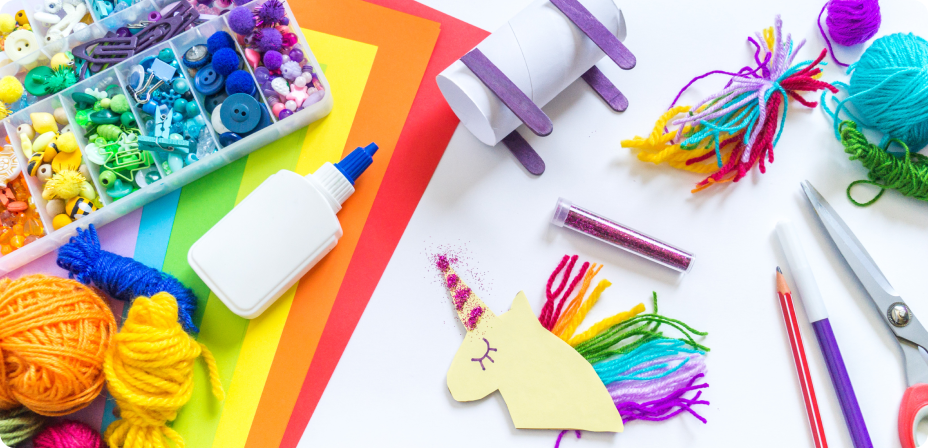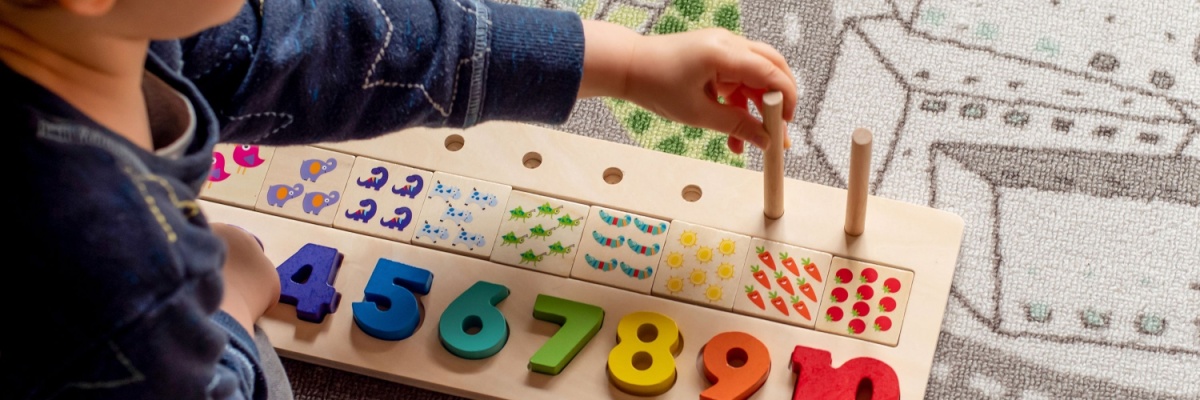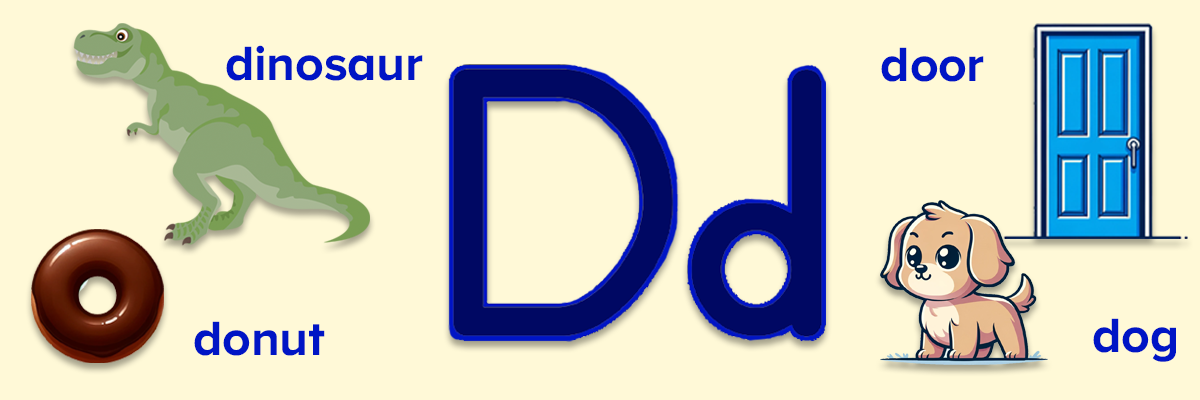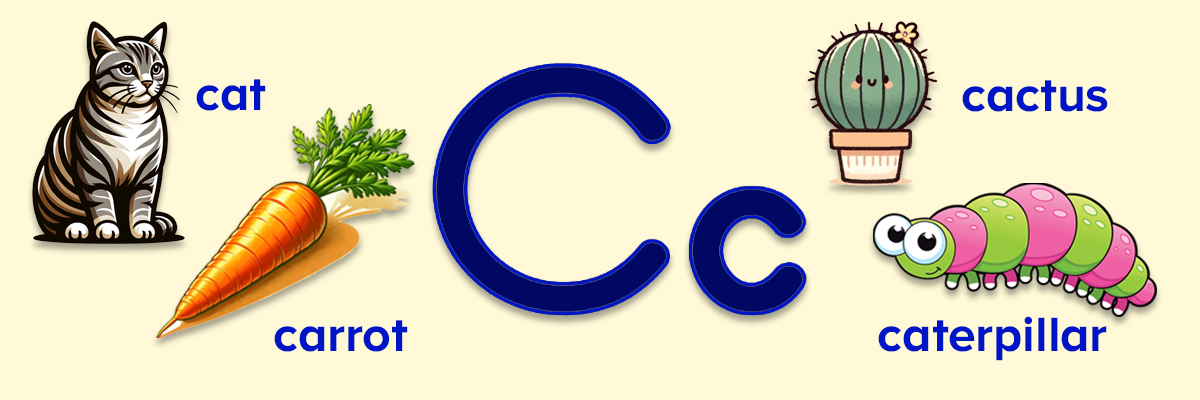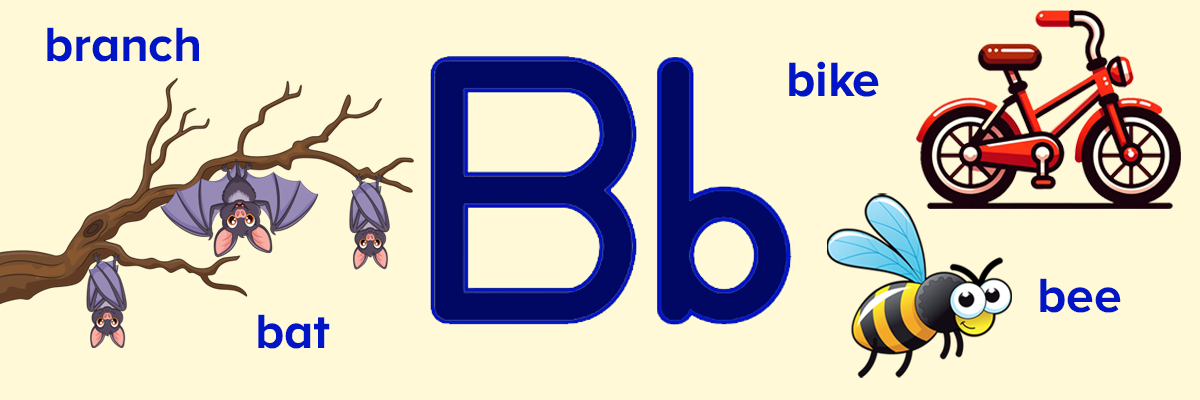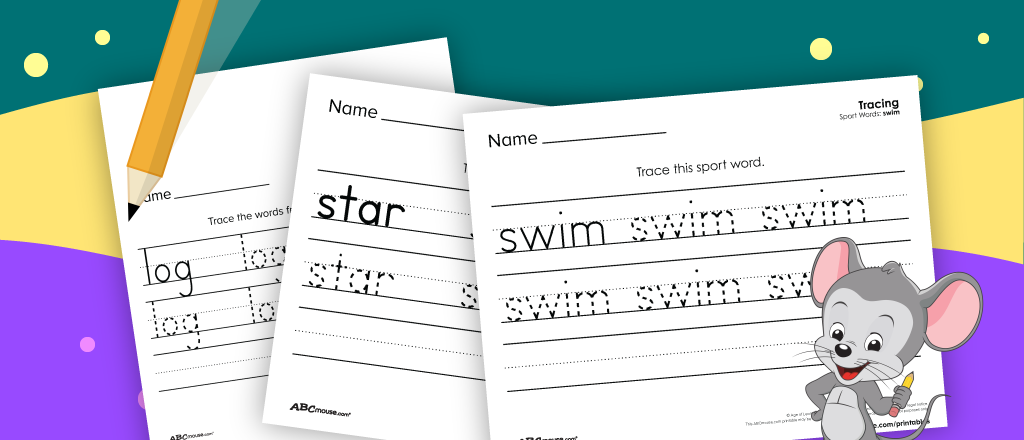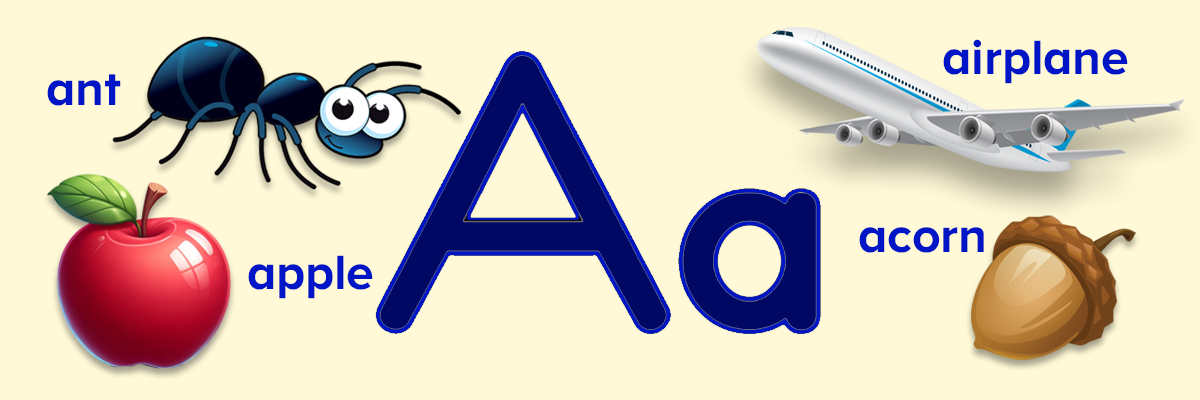18 Engaging Subtraction Activities for Early Elementary Students
Share
Kids will love these creative ways to practice their subtraction skills!

Table of Contents
With counting skills under their belt, students are ready to tackle arithmetic like addition and subtraction. Of the two, subtraction can sometimes be a little trickier for many kids. Help solidify their understanding of subtraction with fun, hands-on practice. Try some of these activities with your preschool through second grade students.
Before You Start: Before learning subtraction, kids need to feel comfortable with foundational skills like counting backwards, greater than and less than, and even basic addition. Discover more by reading How to Teach Subtraction. When using these hands-on activities, remember that younger children will need to work with smaller numbers. Swap out the numbers used in the examples to suit your child’s learning level.
Easy Subtraction Activities
You probably have everything you need for these subtraction activities and games on hand already, so you can start practicing anytime!
1. Sticks and Dice
Give your child a stack of wood craft sticks (10 is a good place to start). Roll a die and remove that number of sticks from the stack. Write out the equation and determine how many sticks are left. Repeat until all the sticks are gone. You can play this game with any number of sticks and roll two dice to practice more challenging equations.

Example: There are 10 sticks in the pile. The die lands on 3. Take 3 sticks away and count the ones that are left. Then write out the equation: 10 – 3 = 7.
2. Playdough Smash
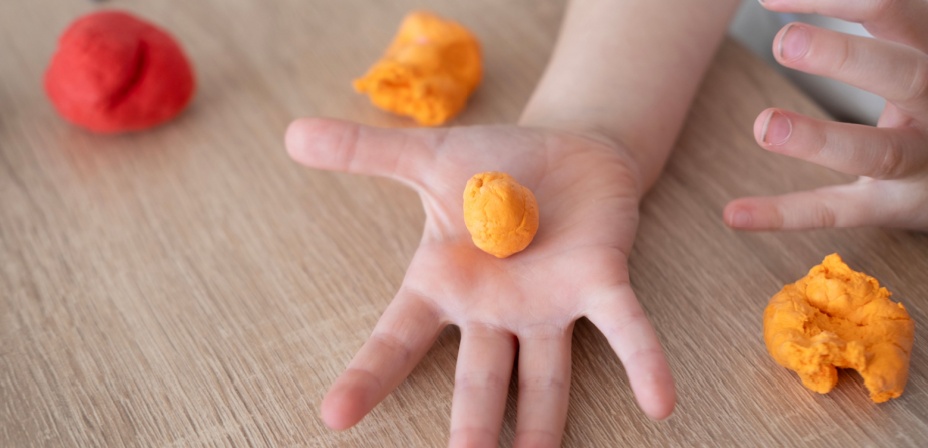
Roll up several balls of playdough and set them out for your child. Count the number of playdough balls and then ask your child to smash, smoosh, or flatten a certain number of them. Then ask them to count how many playdough balls they have left and write out the equation.
Example: Example: Roll 9 balls of playdough. Smash 5 and determine how many balls remain. Write it out: 9 – 5 = 4.
3. Drive and Subtract
Round up your toy cars and label each with a number. Lay out a blank subtraction equation with a minus sign and equals sign. Then, have fun driving two cars into place, and zooming the answer in last.
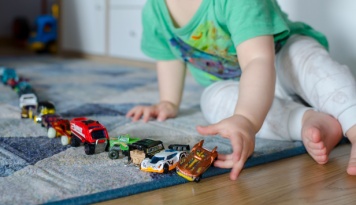
Example: Drive a car labeled 12 and one labeled 4 into the first two spaces. Complete the problem and drive the answer (8) into place. Vroom!
4. Flashcard Toss
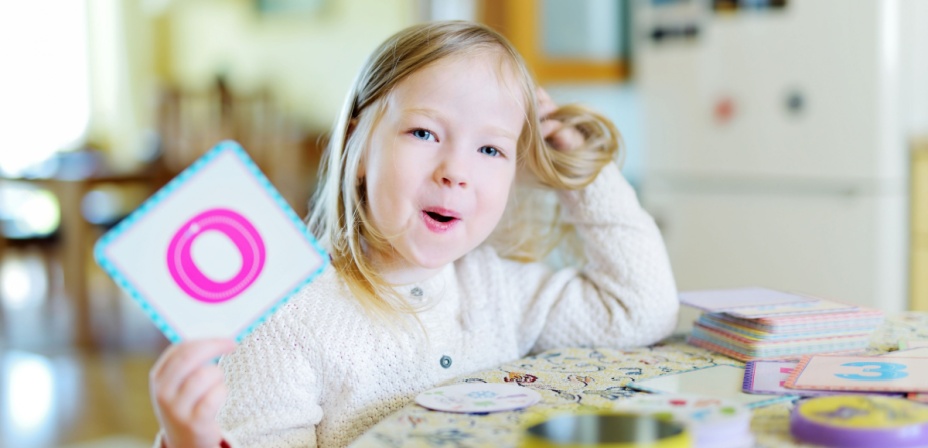
Set out bowls or bins labeled with the answers to your flashcards. Pull a flashcard, determine the answer, then try to toss it into the correct bin. If you miss, go grab it and drop it in; your turn is over. If you land it, you get to go again.
Example: Player one pulls a flashcard reading 12 – 5. They determine the answer is 7 and try to toss it into the bin labeled 7. It misses, so they get the card and drop it straight in. Now, the next player takes a turn.
5. Subtraction Bowling
Pick up an inexpensive bowling set at the dollar store or make your own from empty plastic bottles. Set up the pins, then take turns bowling and knocking them down, keeping track by writing out the equations each time.
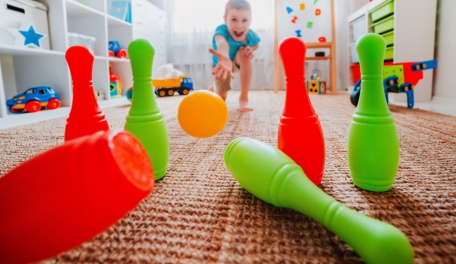
Example: The player bowls the ball and knocks down 3 pins. They write out 10 – 3 = 7. Then, they take their second turn and knock down 4 pins. They write out 7 – 4 = 3.
6. Hide and Subtract
Lay out a few small toys or counters on the table and ask your child to count them up. Then, they cover their eyes and you take away a number of them. Then count up what’s left and determine how many you took away.
Example: There are 23 building bricks on the table. Your child closes their eyes, and you remove 15 of them. They open their eyes and count the remaining bricks (8), then write the equation to figure out how many you removed: 23 – 8 = 15.
7. Domino War
Each player starts with a pile of dominos, face-down. At the same time, all players flip a domino face up and subtract the smaller side from the larger side. The player with the lowest remaining number of dots wins all the dominos. If there’s a tie, players flip a second domino. The game ends when one player has rounded up all the dominos!
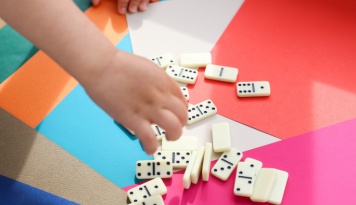
Example: Player one flips a domino with one side showing 3 dots and the other showing 8. They create the expression 8 – 3 for a difference of 5 (or the equation 8-3=5). Player two’s domino has 6 dots on one side and 5 on the other. Their expression is 6 – 5 for a difference of 1 (or the equation 6-5=1). Player two wins the round.
8. Roll to Zero
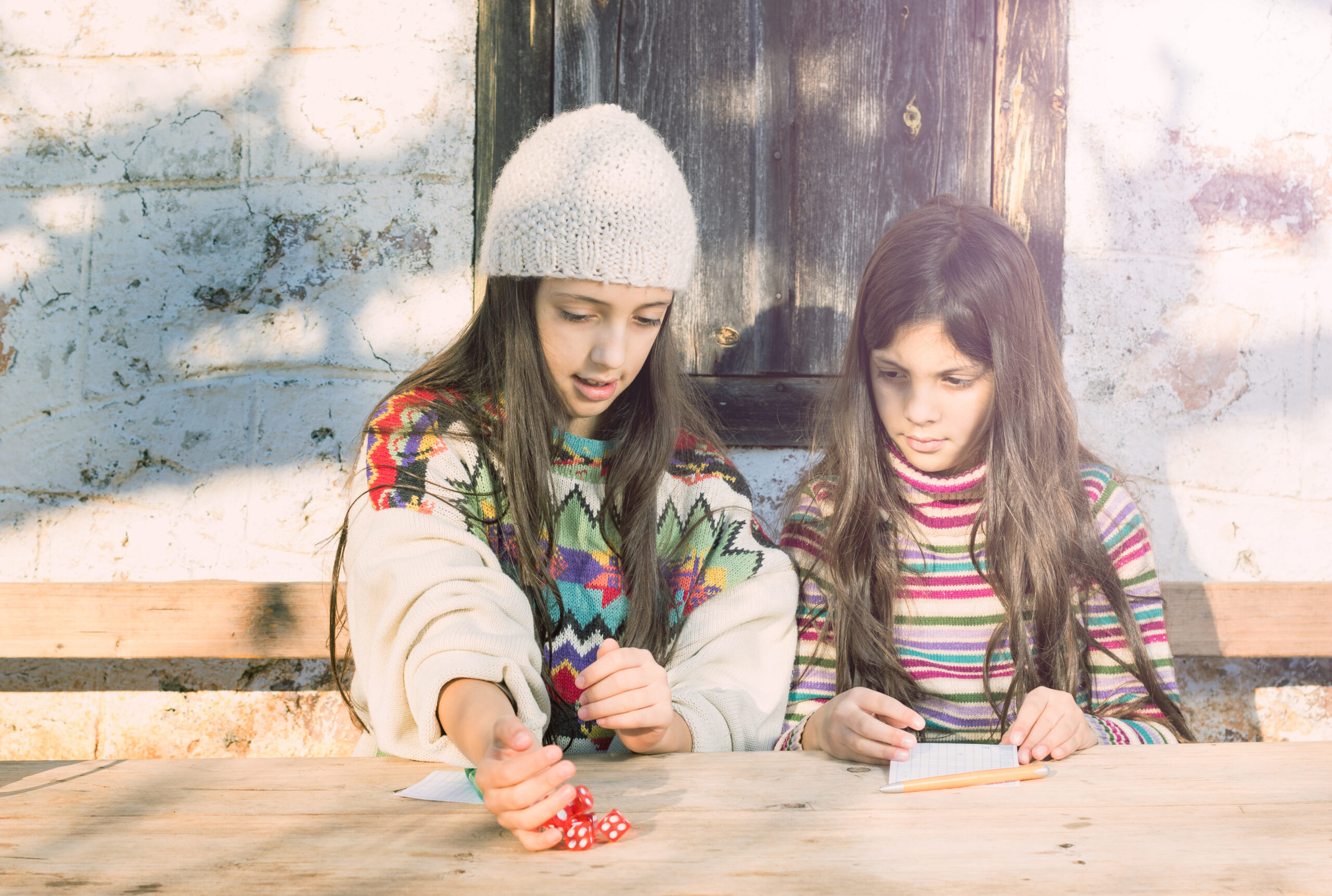
Each player needs two dice, a pencil, and a long piece of scratch paper with the number 100 written at the top. At the word “Go!” all players begin rolling their dice at the same time and subtracting from the running total, trying to be the first to reach zero. The trick? You must reach zero exactly, so if your running total is down to 3, you must roll exactly a 3 to win.
Example: Player one rolls the dice and gets a 2 and a 3, totaling 5. They write 100 – 5 = 95. Then they roll again, getting a total of 12. They write 95 – 12, for a new total of 83, and so on. All the other players are doing the same at the same time, racing to get to zero first.
Real World Subtraction Activities
When you work subtraction practice into your daily activities, kids see that math really is a useful skill, now and in the future!
9. Snack Subtraction
Snack mixes are perfect for this subtraction activity, but you can do it with any snack that comes in small pieces. Start by sorting and counting your snacks. Then, eat a few, counting as you go. Determine how many should be left, then count to see if you’re right.

Example: Start with a plate that has 15 mini pretzels and 11 grapes. Eat 3 pretzels and 4 grapes, then determine the remaining totals: 15 – 3 = 12 pretzels and 11 – 4 = 7 grapes remaining. Yummy and educational!
10. Cooking Math

There are lots of opportunities to practice subtraction while you’re cooking or baking. Get your child involved in the process, asking them applicable subtraction problems as you go.
Example: It’s breakfast time! Pull out the carton of eggs and have your child ask how many are in it (8, in this example). Tell them you need to cook 5 eggs and ask how many will be left when you’re done.
11. Calendar Countdown
Mark off days on a calendar leading up to the weekend or a special occasion. Keep a running total of the daily countdown on a board or sticky note nearby.
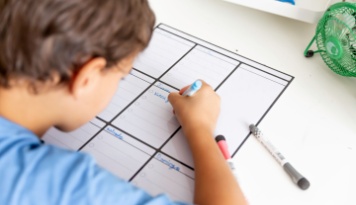
Example: Your child’s birthday is March 27, and today is March 3. Count the remaining days and write the total on the board (23, if you don’t count today). Cross off the day on the calendar, subtract one, and write the new total on the board (22). Repeat each day.
12. Budget Shopping
Mark off days on a calendar leading up to the weekend or a special occasion. Keep a running total of the daily countdown on a board or sticky note nearby.
Example: Your child chooses a box of cereal that costs $4.79. They subtract that from $10.00, leaving $5.21. Then they buy yogurt for $1.29, and have $3.92, etc. For younger children, round the cost of items up or down for simpler math, such as rounding $4.79 up to $5.00.
13. Are We There Yet?

Taking a road trip? Count down the miles remaining in response to those endless cries of, “Are we there yet?” Use road signs or GPS information to see how far you’ve come, and how far you still have to go.
Example: “We have to travel 327 miles to get to the beach house. We’ve gone 63 miles so far. How many miles do we have left?”
14. Temperature Tracking
Buy an outdoor thermometer or weather station and track the temperature, figuring out the differences at various times of day. You can also compare temperatures from one day, week, season, or year to the next.
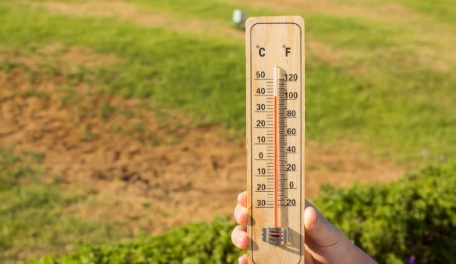
Example: “It was 88 degrees before the thunderstorm started. Now it’s 73 degrees. How many degrees did the temperature drop?”
15. Step Counting
Working on getting in your daily steps? Have your child help do the math to figure out how far you still have to go.

Example: “I want to get 5,000 steps today before dinner time. I’ve already done 3,212. How many more steps do I need to meet my goal?” If these large numbers are outside the scope of your child’s math skills, work on counting steps to the mailbox or the number of steps from the kitchen to the bathroom.
ABCmouse Subtraction Activities
Our games, videos, worksheets, and learning programs are designed by experts to develop and reinforce early math skills. Use activities like these for practice and enrichment.
16. Subtraction Videos and Songs
The ABCmouse YouTube channel is full of videos and songs that can help children learn math skills like subtraction in fun and engaging ways. Sing along with your child to join in the learning!
17. Online Subtraction Games
Learning games provide real benefits for kids, and make good use of screen time. The learning games in our library are free to try for 30 days and include plenty of options for subtraction skills for beginners and more advanced learners. The voiced instructions mean even pre-readers can play on their own.

Try it: Bubble Subtraction
Note: This game requires an ABCmouse subscription to play.
18. Kindergarten Math Worksheets
Worksheet practice doesn’t have to be boring! Our free printable collection includes a general math review, including shapes, time telling, numbers, addition, and subtraction.
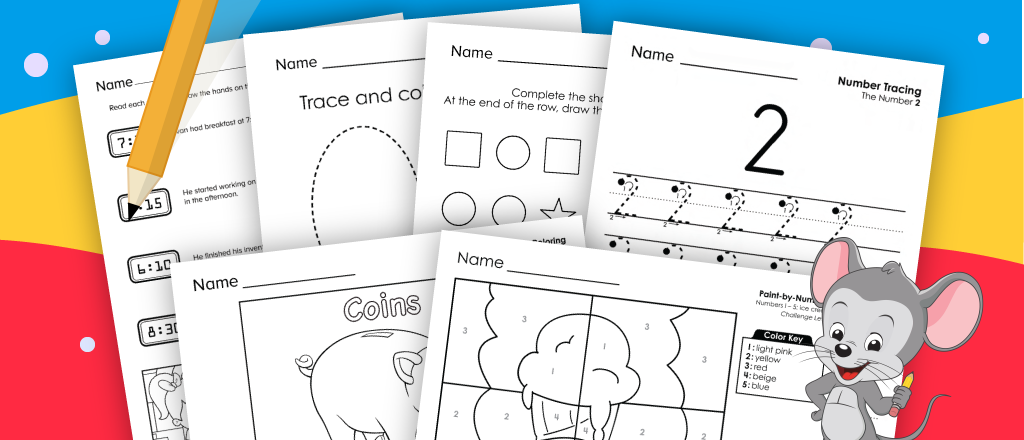
Try it: Kindergarten Math Worksheets
Related Activities
-
How to Teach Number Recognition to Preschoolers
Discover effective strategies for teaching number recognition to preschoolers, essential for early math learning. Includes fun, hands-on activities and games to engage young learners. Start building…
-
Words that Start With the Letter D for Kids
Explore fun letter D words for kids with printable word lists, activities, and worksheets to build vocabulary, spelling, and letter recognition skills!
-
Words that Start With the Letter C for Kids
Explore our comprehensive guide to words that start with C, featuring activities and tips for teaching your child the C sound. Ideal for preschool to elementary…
-
Words that Start With the Letter B for Kids
Explore the world of words that start with the letter b with fun activities & tips for teaching letter B words to kids. Perfect for expanding…
-
Handwriting Practice for Kids
Explore free printable handwriting practice sheets for kids in kindergarten and first grade! Enhance your child’s writing skills with fun, educational worksheets for tracing and writing…
-
Words that Start With the Letter A for Kids
Dive into our vocabulary-enriching list of words that start with the letter A for kids, complete with engaging activities and expert tips to boost your child’s…


